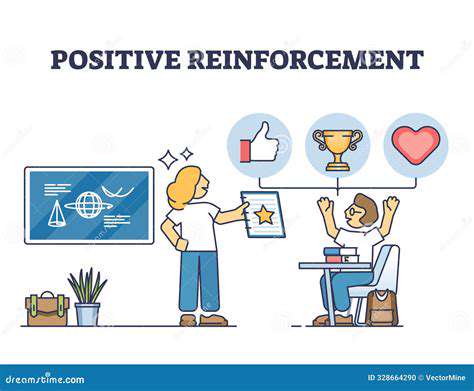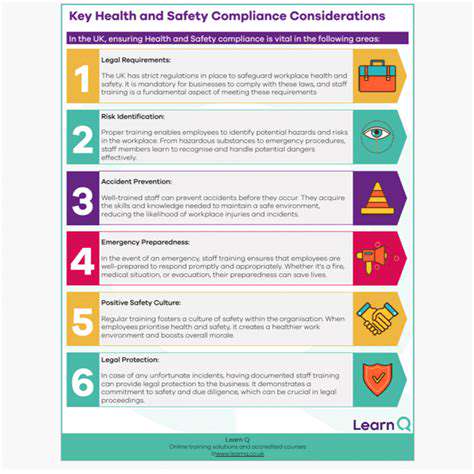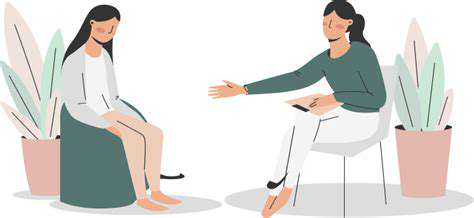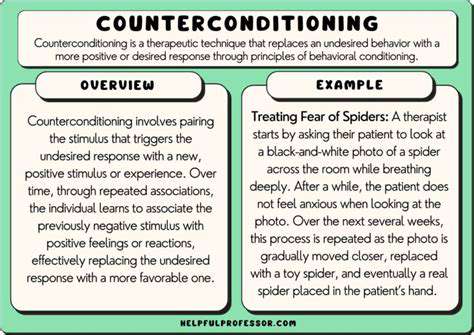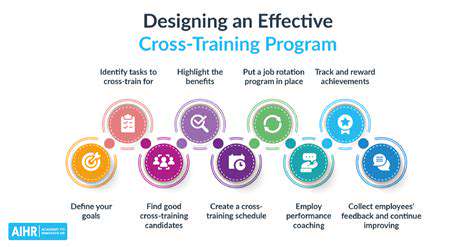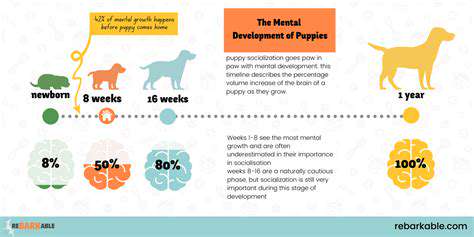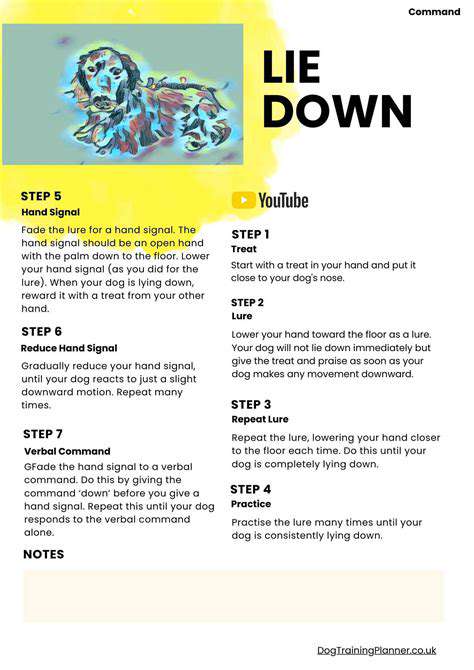Apartment Puppy Socialization: Essential Tips and Tricks
Harnessing Positive Reinforcement Techniques
Positive Reinforcement for Crate Training
Crate training is a crucial aspect of puppy socialization, and positive reinforcement plays a vital role in its success. Rewarding your puppy for calm behavior inside the crate, like staying quietly for a few minutes, is key. This positive association helps your puppy view the crate as a safe and comfortable space, rather than a punishment area. Consistency in rewards and clear communication are essential for effective crate training and a positive experience for both you and your furry friend.
Using high-value treats, like small pieces of cooked chicken or jerky, can significantly motivate your puppy during crate training sessions. Pair these treats with verbal praise and gentle petting to reinforce the desired behavior. Gradually increase the duration of time your puppy spends in the crate, always rewarding calm behavior. This gradual process will help your puppy feel secure and comfortable.
Socialization with Other Puppies
Puppy socialization is about introducing your furry friend to various sights, sounds, and experiences in a controlled environment. Bringing your puppy to a dog park, or arranging playdates with other well-socialized puppies can be beneficial. Supervise these interactions closely, ensuring that play remains friendly and doesn't escalate into aggressive behavior. Positive reinforcement techniques, like rewarding calm play and gentle interactions, can help shape these interactions.
Remember to watch for signs of stress or discomfort in your puppy. If a playdate becomes overwhelming, remove your puppy from the situation and provide a calming space. Safety and comfort are paramount during these socialization activities.
Meeting New People
Introducing your puppy to new people is an essential part of socialization. Start with calm, controlled interactions in familiar environments. Encourage your puppy to greet people gently, rewarding calm behavior and avoiding overwhelming situations. This will help your puppy build confidence and learn to interact positively with people of varying ages and backgrounds. Gradually expose your puppy to a wider range of people, ensuring each interaction is positive and enriching.
Exposure to Different Environments
Take your puppy on short outings to different environments, like parks, stores, and other public places. Ensure these outings are safe and controlled, gradually exposing your puppy to various sights, sounds, and smells. Positive reinforcement is crucial during these outings. Reward calm behavior and tolerance of new stimuli. This process helps desensitize your puppy to diverse environments and situations, improving their adaptability and overall well-being.
Remember to prioritize your puppy's comfort and safety. Avoid overwhelming situations, and provide a safe space if your puppy shows signs of stress or fear. Consistency and patience are key to success.
Understanding Body Language
Learning to interpret your puppy's body language is vital for effective socialization. Understanding signs of fear, anxiety, or aggression allows you to intervene and prevent escalation. By recognizing and responding appropriately, you can create a supportive environment for your puppy to thrive. This understanding is essential for preventing negative interactions and fostering positive relationships.
Pay attention to subtle cues like tense body posture, tucked tail, or whimpering. Knowing how to interpret these cues allows for timely intervention and prevents potentially negative outcomes. This will strengthen your bond with your puppy and create a more positive socialization experience.
Reinforcement Schedules
Implementing effective reinforcement schedules is crucial for consistent learning and behavior modification. Using a combination of continuous and intermittent reinforcement can help your puppy understand expected behaviors. Start with frequent rewards for desired behaviors, gradually shifting to intermittent rewards as your puppy demonstrates a strong understanding of the commands. This helps your puppy learn to associate behaviors with positive outcomes.
A well-structured reinforcement schedule strengthens the association between desired behavior and positive reinforcement, which is vital for successful socialization and training. Adjust your schedule as needed based on your puppy's progress and response to different reinforcement strategies.
Addressing Challenges
Socialization is not always straightforward. Unexpected challenges and setbacks can arise. Addressing these challenges with patience, understanding, and a consistent approach is key. If your puppy displays fearful or aggressive behaviors, consult with a veterinarian or certified dog trainer. Professional guidance can provide tailored strategies to overcome these challenges and create a positive socialization experience.
Remember, consistent, positive reinforcement, and a supportive environment are crucial for overcoming challenges and promoting healthy socialization in your puppy. Seek professional help if needed, so that your puppy can develop into a well-adjusted and happy companion.
Read more about Apartment Puppy Socialization: Essential Tips and Tricks
Hot Recommendations
- The Impact of Early Socialization on a Dog's Interaction with Other Animals
- Car Travel and Puppy Socialization: Making the Journey a Positive Experience
- The Importance of Early Environmental Exposure for Puppy Development
- Taking Your Puppy to the Vet: Positive Socialization Strategies
- Making Training a Positive Experience for Your Puppy
- Public Transportation and Puppy Socialization: A Step by Step Guide
- Safe Socialization: Allowing Others to Pet Your Puppy
- Helping a Puppy Who Struggles with "Stay"
- Positive Puppy Interactions: Making Meetings with New Friends Fun
- No Treats Needed? Training Basic Commands with Verbal Praise


